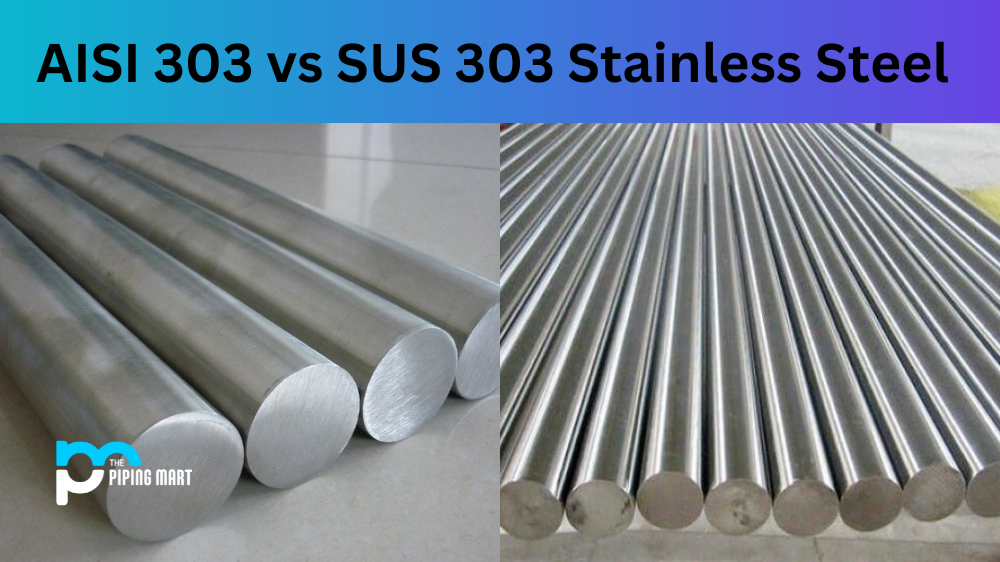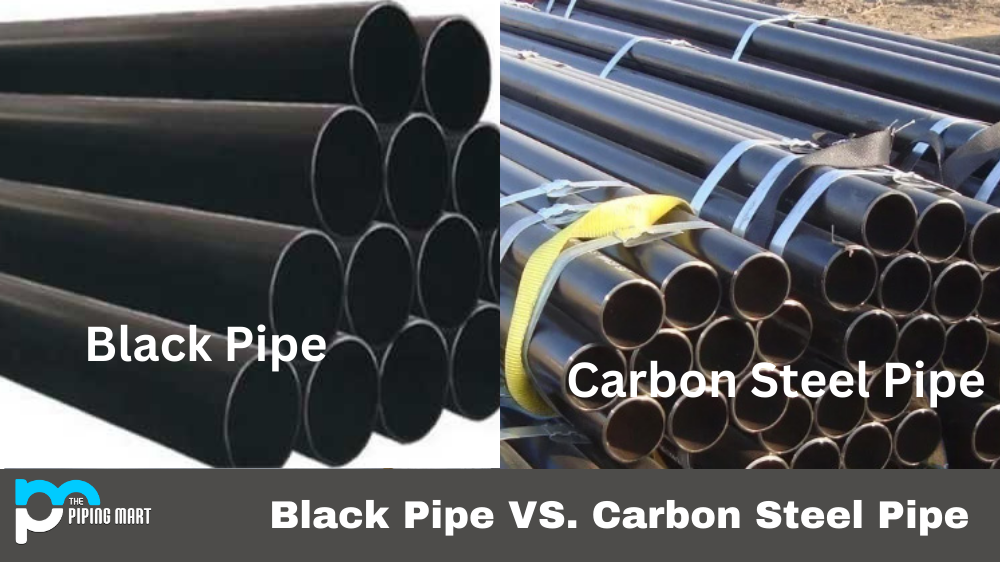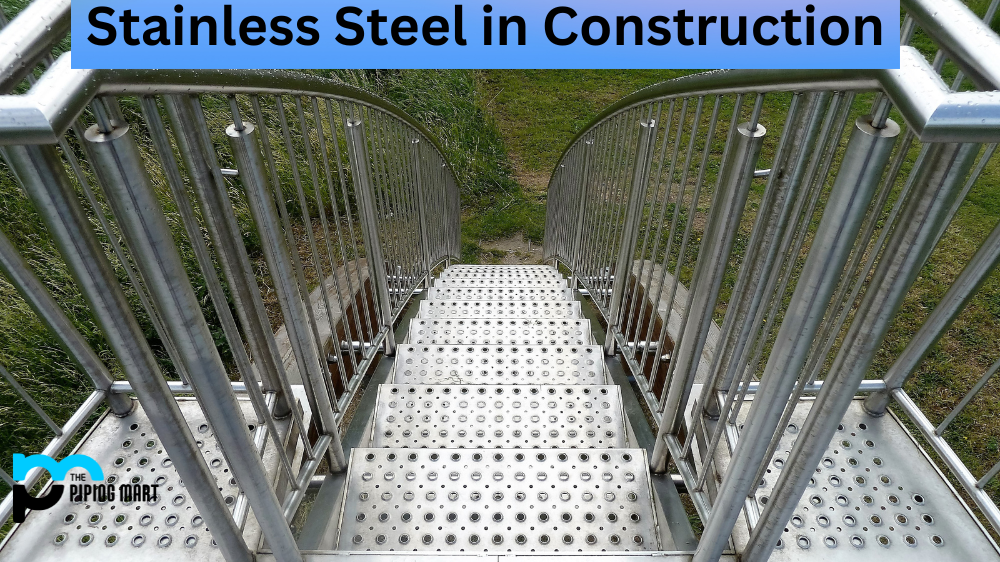Are you looking for stainless steel with superior strength and corrosion resistance? AISI 303 and SUS 303 are stainless steel alloys with excellent stability and corrosion resistance. In this article, we’ll look at the differences between these two types of stainless steel to help you decide which one is best for your specific needs.
Difference Between AISI 303 and SUS 303
AISI (American Iron & Steel Institute) 303 and SUS (Japanese Industrial Standard) 303 are both austenitic stainless steel sheets with excellent corrosion resistance, machinability, formability, and strength. Both have similar chemical compositions and mechanical properties, but they have some subtle differences.
SUS 303 has slightly higher chromium content than AISI 303, meaning it has better corrosion resistance in specific environments, such as high-chloride or marine environments. It also has a slightly higher nickel content than AISI 303, giving it somewhat better toughness at elevated temperatures. However, their difference is minimal, so they perform similarly in most applications.
Composition
One of the main differences between AISI 303 and 420 stainless steel is their composition. AISI 303 stainless steel contains chromium and nickel, while AISI 420 stainless steel contains chromium, nickel, and molybdenum. Adding molybdenum makes AISI 420 stainless steel more corrosion-resistant than AISI 303 stainless steel.
Hardness
Another difference between these two types of stainless steel is their hardness. AISI 303 stainless steel is less complicated than AISI 420 stainless steel, making it easier to machine and weld. However, the lower hardness of AISI 303 stainless steel also makes it more susceptible to damage from impact.
Cost
The cost of AISI 303 and 420 stainless steel can also be a factor to consider when choosing between the two alloys. AISI 303 stainless steel is generally more expensive than AISI 420 stainless steel due to its higher nickel content. However, both alloys offer good value for the money, as they are both durable and corrosion-resistant.
Applications
Finally, it is essential to consider the intended application when choosing between AISI 303 and 420 stainless steel. AISI 303 stainless steel is typically used when aesthetics are essential, such as in architectural applications or food service equipment. AISI 420 stainless steel is often used in industrial applications where strength and durability are required, such as in valves or pumps
Conclusion:
To summarize, AISI303 and SUS303 are both austenitic stainless sheets of steel with excellent corrosion resistance, machinability, formability, and strength, but there are some subtle differences between them due to their different composition standards; AISI303 follows ASTM standards while SUS303 follows JIS standards. Depending on what kind of project or application you’re working on, one type may be more suitable than the other, so do your research before deciding which one is best for your needs!

Abhishek is a seasoned blogger and industry expert, sharing his insights and knowledge on various topics. With his research, Abhishek offers valuable insights and tips for professionals and enthusiasts. Follow him for expert advice on the latest trends and developments in the metal industry.




